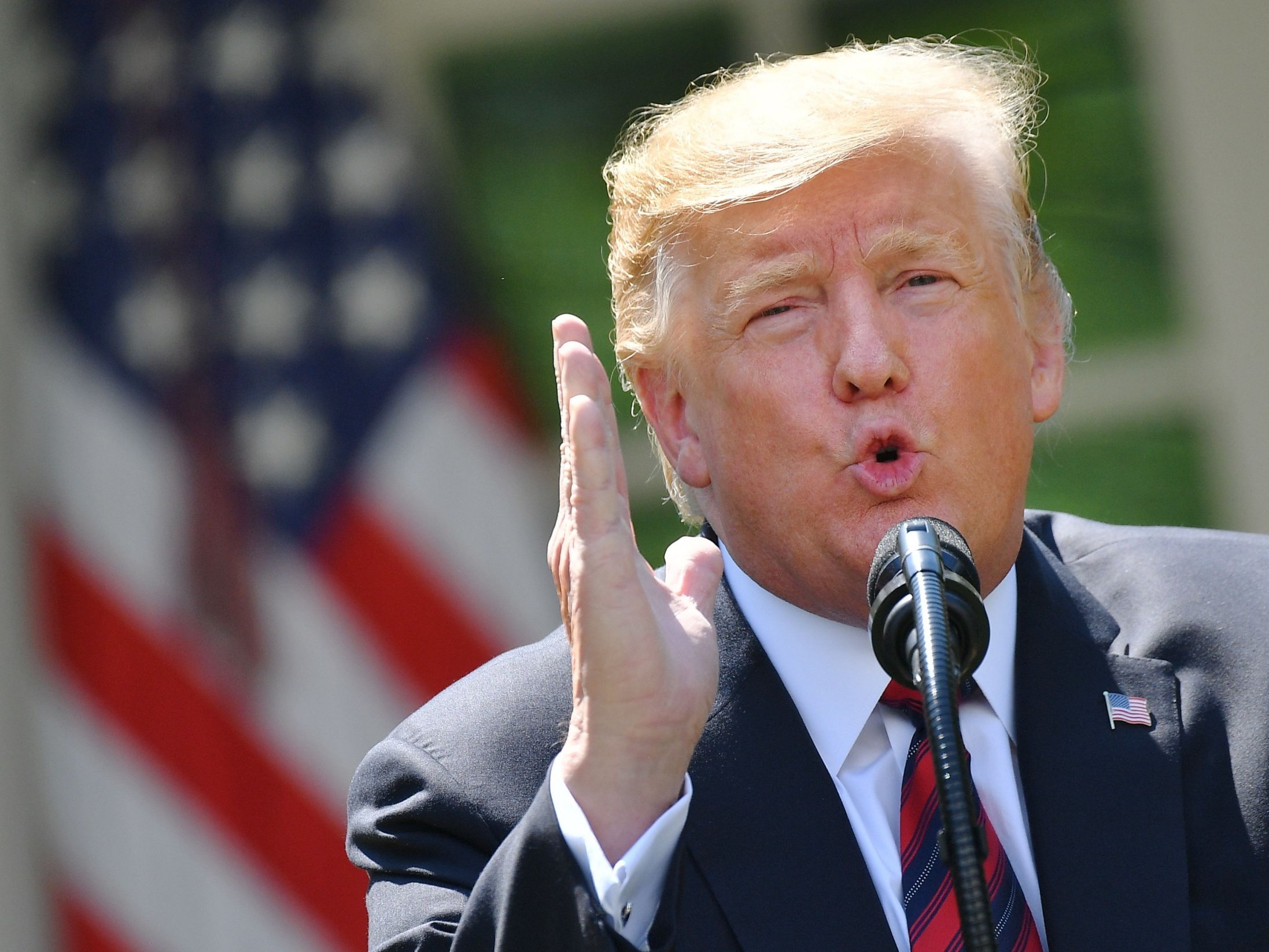After the end of the 11th round of China-US trade negotiations in Washington, both China and the United States have increased public opinion. In particular, the Chinese government has recently issued hard-line remarks, marking the recent counter-attacks against China in the United States. On May 15, Chinese Foreign Ministry spokesperson Yan Shuang once again stressed that “China does not want to fight, does not want to fight, but is not afraid to fight.” For the US unilateralist approach and bullying, China will certainly take the necessary counter-measures.
A US government official revealed to US online media Axios on May 15 that in view of the great differences between the two countries, it is unlikely that China and the United States will reach a trade agreement in the near future. The United States may want to fight the trade war, at least until the end of this year. On May 14, US President Donald Trump mentioned the possibility of meeting with Chinese President Xi Jinping in Japan in June. The main purpose is to stabilize the market.
Considering various factors such as internal affairs and diplomacy, the Trump administration’s trade war with China has become a strategy for Trump’s campaign, which affects every nerve of Washington politics, and can generally highlight the four-point and one-line linkage strategy.
First, Trump first threatened to restart the tariff through Twitter, so as to stir up the public opinion, and then reflect it after testing the water, and provide it to the staff for reference.
The first time may be unprepared for Trump’s tariff threats, but in order to jointly pressure Beijing, they also have to echo Trump and continue to release the wind to the US media, emphasizing “China’s remorse.” This kind of “official and media” cooperation in the United States is very close and has achieved good results. At least “China’s repentance” is the unanimous understanding of the current US political circles.
Second, after each negotiation, the Trump administration will promptly disclose information and the aides will be released through the media , but the unified approach emphasizes that “the United States has won a lot” or made significant progress .
This creates a public opinion atmosphere in the United States that “the United States has won and won a lot.” Parallel to this is that the Chinese economy is suffering heavy losses and can only reach an agreement with the United States as soon as possible. This can be said to be the main propaganda of Trump at the time of each negotiation.
Third, we constantly exaggerate the threat of China and continue to instill misleading information about China’s low cost in the United States.
This is the logic that Trump has been insisting on since launching a trade war since the election, and now extorting China’s concessions. Only by exaggerating the threat of China can Trump transfer the domestic realization in a logical way and win the support of voters. In Trump’s view, in response to the threat of China, the predecessors are either indifferent or fail because of incompetence, and only they can successfully respond.
Fourth, we will never give up the expectation that the problem will be solved by the hammering of the near plane.
Since the outbreak of the trade war, Trump has repeatedly mentioned that only himself and “President Xi” can solve all problems between China and the United States, including trade disputes. Trump has been emphasizing this information since the Argentine Chamber of Commerce in late 2018. Although he restarted the tariff increase in May, his positive comments and expectations for Xi Jinping have never changed, and he hopes to meet with Xi Jinping in Japan in June. This is also considered to be a major variable in Sino-US trade tensions.
The final “first line” is the main line of Trump’s re-election campaign.
The above four points are all around this mainline. Trump and his team have linked the trade war with China to the 2020 election. Including Trump’s aim at the Democratic presidential candidate, former Vice President Joe Biden, criticizing him as a blind-eyed ghost, unable to cope with China, is also considered in this regard.
It can be said that the pressure of re-election in 2020 has forced Trump to continue to increase the attack on Beijing in public opinion. Now, Sino-US trade negotiations have basically become “focus on what Beijing can give” to the issue of Trump’s re-election. However, this kind of strategy is not necessarily effective, because even if it is “in the middle of the country”, it is not necessarily able to “use” in the big country game. After all, the trade issue is not the key to China’s competition.
In the face of the Trump administration’s external publicity and public opinion, there are indeed some shortcomings in China’s public opinion. Of course, this kind of shortboard has always existed, but it has only been highlighted in the trade war.
Like the monograph published by Multidimensional News on May 15th, “Trade Wars Expose Two Shortcomings of China’s Foreign Propaganda”It is pointed out that the passiveness and vulnerability of China’s foreign propaganda are enough to reflect the lag of a rising power in the promotion of “cultural soft power.” This kind of lag is unable to match its physical strength, and it is difficult to support its national will and strategic extension. It has already appeared in the trade war.
In this regard, China’s external propaganda department should learn lessons, overcome shortcomings, and continuously improve the shortcomings of external publicity.












